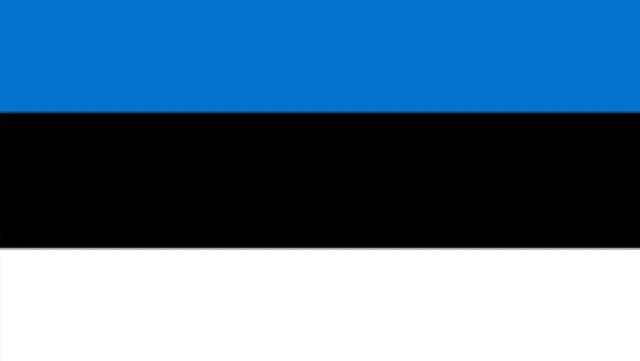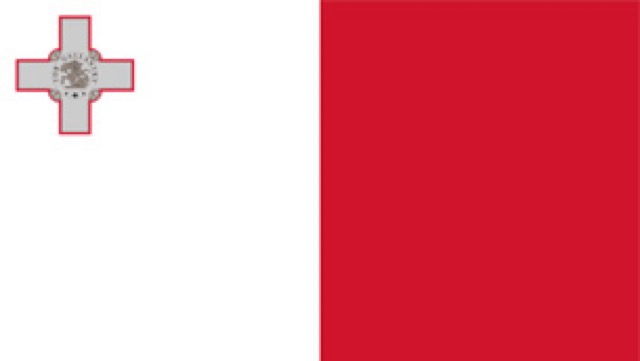
Geography
Area : 45,228 km²
Borders : 633 km; Latvia 343 km, Russia 290 km
Coastline : 3,794 km (numerous islands)
Capital : Tallinn
Official language : Estonian
Flag

Population
Population : 1,370,286 inhabitants (2023)
Crude natural change rate : -3.7‰ (2023)
Population repartition: 16.4% under 15 years old, 20.2% over 65 years (2023)
Foreign residents: EU nationals 1%, extra-EU nationals 2% (2021)
Crude net migration rate: 10.1 ‰ (2023)
First time asylum applicants: 3 985 (2023)
Life expectancy: men 74.1 years, women 83.1 years (2023)
Religions: None 54.1%, Orthodox 16.2%, Lutheran 9.9%, other Christian (including Methodist, Seventh Day Adventist, Roman Catholic, Pentecostal) 2.2%, other 0.9%, unspecified 16.7%
Ethnic groups: 68.7% Estonians, 24.8% Russians, 1.7% Ukrainians, 1% Belarusians, 0.6% Finns and 1.6% others
Source : Eurostat, The CIA World Factbook
Economy
Currency: Euro
GDP: € 38,187.8 million (2023)
GDP per capita (PPS): € 15,250 (2023)
GDP growth : -3% (2023)
Inflation: 4.5% (October 2024)
Public debt: 23.8% (Q2, 2024)
Unemployment: 7.6% (September 2024)
Stock of foreign direct investment from the entire world: 91.6% of GDP (2022)
Budget balance: -3.4% of GDP (2023)
Source : Eurostat, CIA World Factbook, Trading Economics
Political system
Republic, parliamentary democracy (Constitution of June 28th 1992)
Head of State: Alar Karis (independent), elected for a 5-year term on October 11th 2021.
Prime Minister: Kristen Michal, Reform Party (ERE), since 23rd July 2024. He leads a government coalition composed of the Reform Party (ERE), the Social Democratic Party (SDE) and Estonia 200 (E200).
Unicameral parliamentary system: The Parliament (Riigikogu) comprises 101 seats. Representatives are elected for four years by direct universal suffrage, according to proportional representation.
Political representation
Composition of the Parliament (on 25th April 2023):
- 37 seats ERE (Estonian Reform Party)
- 16 non-attached seats
- 13 seats E200 (Liberal Party)
- 11 seats EKRE (Conservative People's Party of Estonia)
- 9 seats SDE (Social Democratic Party)
- 8 seats Isamaa (Christian Democratic and Conservative Party)
- 7 seats KESK (Centre Party)
Women's representations
- in the government: 7/14
- in the Riigikogu: 29/101
Next Elections:
On The Same Theme
Country Sheet
Country Sheet
Country Sheet
Country Sheet
Country Sheet

Country Sheet

Country Sheet

Country Sheet


